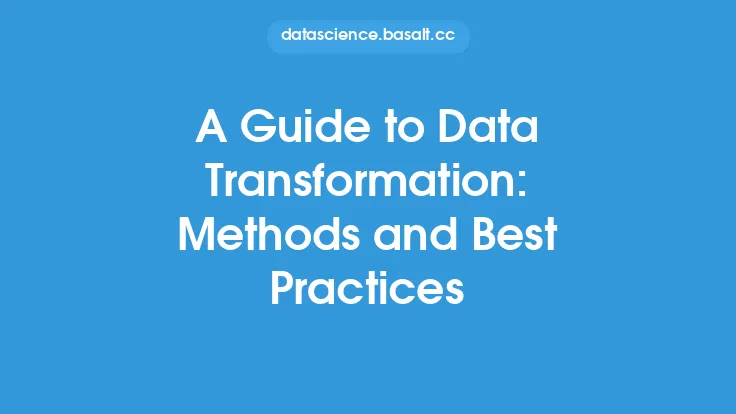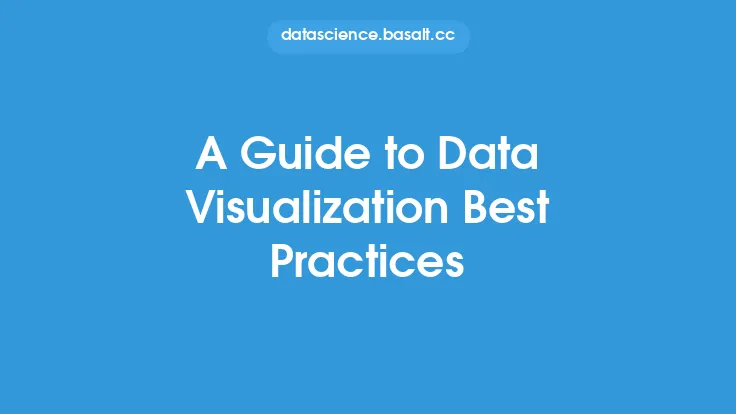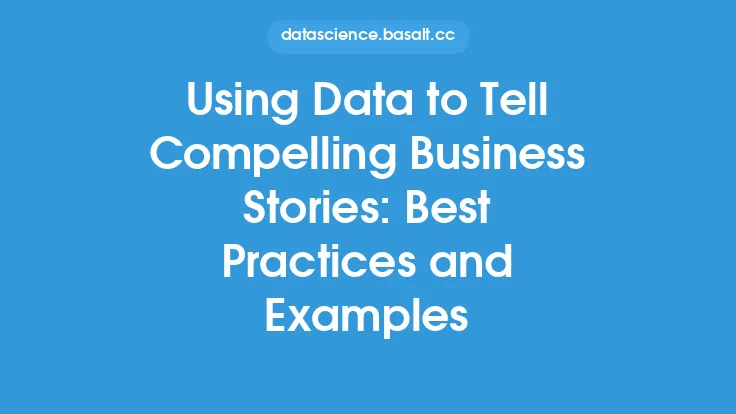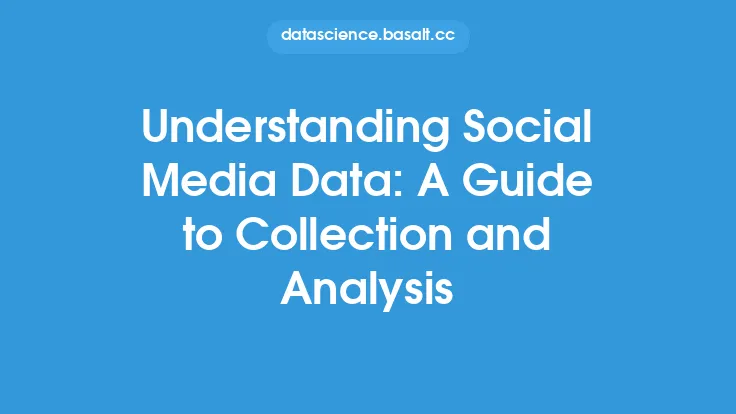Data standardization is a critical process in ensuring the quality and reliability of data, which is essential for informed decision-making, business intelligence, and data-driven insights. It involves transforming data into a consistent format, making it easier to compare, analyze, and integrate with other data sets. In this article, we will delve into the best practices for data standardization, providing a comprehensive guide for data professionals, analysts, and stakeholders.
Introduction to Data Standardization
Data standardization is a multi-step process that requires careful planning, execution, and maintenance. It involves identifying, categorizing, and transforming data into a standardized format, which can be used across different systems, applications, and departments. The goal of data standardization is to ensure that data is accurate, complete, and consistent, making it possible to integrate with other data sets, perform analysis, and generate insights.
Data Standardization Process
The data standardization process typically involves the following steps:
- Data Discovery: Identifying and collecting data from various sources, including databases, files, and applications.
- Data Profiling: Analyzing data to understand its structure, content, and quality.
- Data Cleansing: Removing duplicates, correcting errors, and handling missing values.
- Data Transformation: Converting data into a standardized format, using techniques such as data mapping, data aggregation, and data normalization.
- Data Validation: Verifying the accuracy and consistency of standardized data.
- Data Storage: Storing standardized data in a centralized repository, such as a data warehouse or data lake.
Data Standardization Techniques
Several techniques can be used to standardize data, including:
- Data Mapping: Creating a mapping between different data formats, such as converting date formats from MM/DD/YYYY to YYYY-MM-DD.
- Data Aggregation: Combining data from multiple sources into a single, standardized format.
- Data Normalization: Transforming data into a standardized format, using techniques such as min-max scaling or z-score normalization.
- Data Tokenization: Replacing sensitive data, such as credit card numbers, with tokens or encrypted values.
- Data Encryption: Protecting data with encryption algorithms, such as AES or SSL/TLS.
Data Standardization Tools and Technologies
Several tools and technologies can be used to support data standardization, including:
- Data Integration Tools: Such as ETL (Extract, Transform, Load) tools, like Informatica PowerCenter or Talend.
- Data Quality Tools: Such as Trifacta or DataQuality, which provide data profiling, data cleansing, and data validation capabilities.
- Data Governance Platforms: Such as Collibra or Alation, which provide data discovery, data cataloging, and data lineage capabilities.
- Data Storage Solutions: Such as data warehouses, like Amazon Redshift or Google BigQuery, or data lakes, like Hadoop or Spark.
Best Practices for Data Standardization
To ensure effective data standardization, follow these best practices:
- Establish Clear Goals and Objectives: Define the purpose and scope of data standardization, and identify key stakeholders and beneficiaries.
- Develop a Data Standardization Strategy: Create a comprehensive plan, including data discovery, data profiling, data cleansing, data transformation, and data validation.
- Use Standardized Data Formats: Adopt industry-standard data formats, such as CSV, JSON, or XML, to ensure compatibility and interoperability.
- Implement Data Quality Controls: Use data quality tools and techniques, such as data validation and data cleansing, to ensure data accuracy and consistency.
- Monitor and Maintain Data Standardization: Regularly review and update data standardization processes, to ensure ongoing data quality and reliability.
Challenges and Limitations of Data Standardization
Data standardization can be challenging, due to several factors, including:
- Data Complexity: Dealing with large, diverse, and complex data sets, which can be difficult to standardize.
- Data Silos: Integrating data from multiple sources, which can be stored in different formats and locations.
- Data Quality Issues: Handling data errors, inconsistencies, and missing values, which can affect data standardization.
- Regulatory Compliance: Ensuring data standardization meets regulatory requirements, such as GDPR or HIPAA.
- Organizational Resistance: Overcoming resistance to change, from stakeholders who may be accustomed to existing data formats and processes.
Conclusion
Data standardization is a critical process for ensuring data quality, reliability, and consistency. By following best practices, using standardized data formats, and implementing data quality controls, organizations can ensure effective data standardization. However, data standardization can be challenging, due to data complexity, data silos, data quality issues, regulatory compliance, and organizational resistance. By understanding these challenges and limitations, organizations can develop strategies to overcome them, and achieve successful data standardization.





